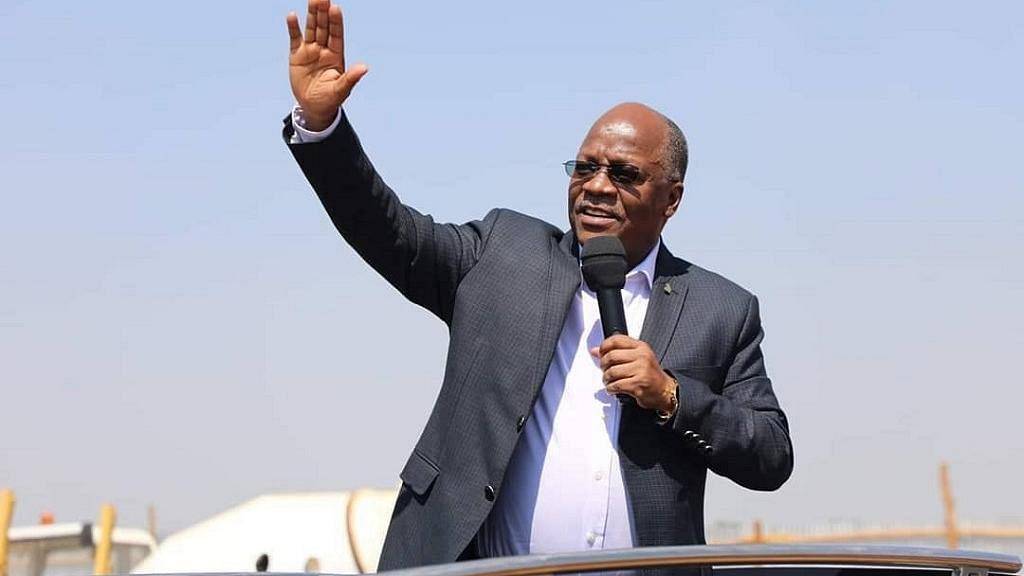Amidst Conflicting GDP Figures, New Official Data Shows Tanzania’s Economy Is Actually In Decline

In spite of positive projections, Tanzania’s economic growth didn’t just stall in the first quarter of 2019. It actually regressed to 6.6 percent year-on-year, down from 7.5 percent recorded during the same period last year.
According to official data showed on Sunday, the Tanzanian economy has slowed down significantly, presumably the result of tepid activity in such sectors as construction, agriculture and manufacturing.
Earlier this year, a leaked report from the International Monetary Fund indicated that Tanzania’s economy has not been expanding as fast as official figures suggest. It suggested that the stunted growth was partly due to President John Magufuli’s “unpredictable and interventionist” policies.
In the first quarter of the year, construction, the country’s GDP contributor, grew 13.2 percent, a fall from the 15.6 percent recorded this time in 2018, and that’s according to the state-run National Bureau of Statistics (NBS).
But it hasn’t been all doom and gloom, though. The mining sector, which has been the target of repeated government interventions, witnessed significant growth; climbing to 10 percent from a 5.7 percent decline during the same period in 2018. At present, Tanzania is the fourth-largest gold-producing in Africa.
After he took office in 2015, Magufuli championed an ambitious programme of industrialisation, splashing the cash on infrastructure, which included billions of dollars in investments in a new rail line and a major hydropower plant. Funds were also poured into reviving the national airline.
But critics are of the opinion that government intervention in mining and agriculture have discouraged investment. Foreign direct investment has slumped and private sector lending growth dropped below 4 percent in 2018, from an average of 20 percent between 2013-16.
Agriculture, which contributes about a third of the country’s economic activity, also stalled in the first quarter of this year, with crop production growing 6 percent compared to 8.9 percent in the same period last year, the statistics bureau offered.
This may have something to do with last year’s infamous incident where the government flexed its muscles by sending the military to seize the cashew harvest, the main export crop, after farmers expressed their dissatisfaction at the prices offered by brokers.
Manufacturing, another key GDP contributor, posted 4.8 percent growth in the first quarter of this, contrasting the 5.3 percent obtained this time last year.
The Tanzanian government had forecasted a 7.1 percent economic growth for the first quarter of 2019, following indications that the economy grew by 7 percent last year; a figure that was later disputed early this month when estimates from the World Bank suggested that Tanzania’s economy actually grew 5.2 percent in 2018.
In the wake of the World Bank report, Tanzania said it might adjust its 2018 GDP growth rate after meetings in August, especially as the World Bank report was preceded by an earlier effort from the IMF which pegged last year’s growth at 4-5 percent and suggested errors in the official data from Tanzania.
Featured Image Courtesy: africanews.com